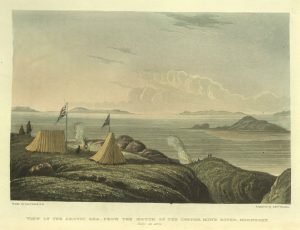
“At two P.M we set sail, and the men voluntarily launched out to make a traverse of fifteen miles across Melville Sound, before a strong wind and heavy sea. The privation of food, under which our voyagers were then laboring, absorbed every other terror; otherwise the most powerful persuasion could not have induced them to attempt such a traverse. It was with the utmost difficulty that the canoes were kept from turning their broadsides to the waves, though we sometimes steered with all the paddles.”
And now there came both mist and snow,
And it grew wondrous cold:
And ice, mast-high, came floating by,
As green as emerald.
And through the drifts the snowy clifts
Did send a dismal sheen:
Nor shapes of men nor beasts we ken—
The ice was all between.
The ice was here, the ice was there,
The ice was all around:
It cracked and growled, and roared and howled,
Like noises in a swound!
- “The Rime of the Ancient Mariner”, Samuel Taylor Coleridge
Narrative of a Journey to the Shores of the Polar Sea …
John Franklin (1786 – 1847)
London: J. Murray, 1823
First edition
G650 1819 F8
Throughout the shelves of the rare book collections, there are glimpses of a body of literature that remains largely overlooked: nineteenth-century polar fiction. Have you heard of it?
If you have ever read the works of Samuel Taylor Coleridge, Edgar Allan Poe, Jules Verne, Wilkie Collins, Charles Dickens, Jane Austen, the Brontë sisters, Arthur Conan Doyle or Mary Shelley (among many others), you might have glimpsed the brooding nature of the poles, where men become violent and mad, and the true horrors of humanity are displayed. As in Shelley’s Frankenstein; or, the Modern Prometheus, framing the stories in the Arctic allowed the writers to explore the themes of the dangerous pursuit of knowledge and the sublime, in addition to developing haunting allusions of Dante’s frozen inner circle of hell.
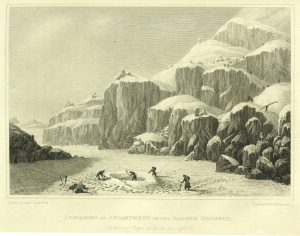
“We encamped at seven and enjoyed a substantial meal. The party were in good spirits this evening at the recollection of having crossed the rapid, and being in possession of provision for the next day. Besides we had taken the precaution of bringing away the skin of the deer to eat when the meat should fail. The temperature at six P.M. was 30.”
During the nineteenth century, polar expeditions and the search for a Northwest Passage enticed the people of England to the point that people sang polar-themed songs, had polar-themed dinner parties and even staged polar expedition reenactments, and read every single piece of polar-themed literature they could find. The uncharted territory and theories of the mysterious open, polar seas also provided England yet another opportunity to show off their naval prowess and further exert their national identity upon the world.

“My original intention, whenever the season should compel us to relinquish the survey, had been to return by the way of the Copper-mine River, and in pursuance of my arrangement with the Hook to travel to Slave Lake through the line of woods extending thither by the Great Bear and Marten Lakes, but our scanty stock of provision and the length of the voyage rendered it necessary to make for a nearer place.”
The explorers who were successful returned to the British Isles with stories of their adventures and went on to publish narratives of their journeys. In 1821, Captain William Parry published a best-selling account of that voyage which propelled him on a book tour, while Elisha Kent Kane’s 1856 Arctic Explorations sold 200,000 copies, which would be the equivalent of two million books today. When Kane died, his funeral procession was the second largest of the nineteenth century, following closely behind Abraham Lincoln.
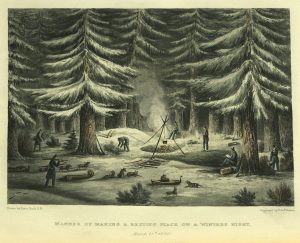
“The reader will, probably, be desirous to know how we passed our time in such a comfortless situation: the first operation after encamping was to thaw our frozen shoes, if a sufficient fire could be made, and dry ones were put on; each person then wrote his notes of the daily occurrences, and evening prayers were read; as soon as supper was prepared it was eaten, generally in the dark, and we went to bed, and kept up a cheerful conversation until our blankets were thawed by the heat of our bodies and we had gathered sufficient warmth to enable us to fall asleep.”
Of all the Arctic expeditions, Sir John Franklin’s 1845 journey was, without a doubt, the most famous, due to the loss of 128 crew members and their two ships, the Erebus and the Terror. It took more than one hundred years to solve the mystery behind this fateful voyage, and once the ships were found, artifacts and skeletal remains proved the rumors of cannibalism that had been circulating since Captain Franklin and his crew originally went missing. Researchers have speculated that the ships were trapped in ice and that the men aboard likely died from a combination of scurvy, starvation, exposure and lead poisoning from the poorly soldered tin cans which held their rations for three years.
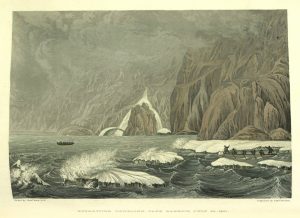
“We had already found that the country, between Cape Barrow and the Copper-mine River, would not supply our wants, and this it seemed probable would now be still more the case; besides, at this advanced season, we expected the frequent recurrence of gales, which would cause great detention, if not danger in proceeding along that very rocky part of the coast.”
Over the course of the century Franklin’s crew was among many that had perished. However, it is important to note that this area was home to the Inuit, or Esquimaux, as they are described in the journals: generations of people who have lived and thrived in the Arctic, raising children, hunting, and tending to their elderly. Unfortunately, racial prejudice of the colonial powers restrained the British explorers from imitating and learning the indigenous ways of traveling, hunting, eating and staying warm.
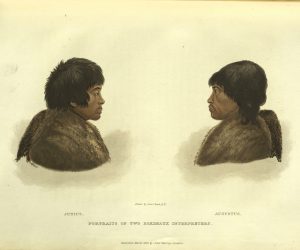
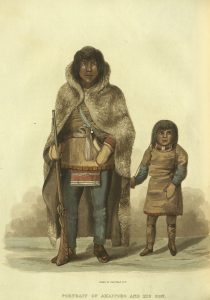
“Their spirits immediately revived, each of them shook the officers cordially by the hand, and declared they now considered the worst of their difficulties over, as they did not doubt of reaching Fort Enterprise in a few days, even in their feeble condition. We had indeed every reason to be grateful, and our joy would have been complete were it not mingled with sincere regret at the separation of our poor Esquimaux, the faithful Junius.”
Franklin first explored the Arctic in a series of three expeditions between 1819 – 1822. Narrative of a Journey to the Shores of the Polar Sea was published the following year by John Murray in London, a publishing company that took particular interest in the poles. The book discusses the four-year journey, revealing the hardships of the overland exploration in the Northwest territories of Canada, specifically around the Coppermine River of the Nunavut Territory. This publication also includes detailed color engravings depicting the landscapes and the many Intuit interpreters who helped along the way. Sadly, this voyage did not prove to be entirely successful either.
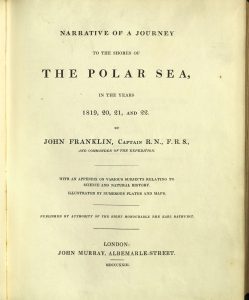
“Everyone was on the alert at an early hour, being anxious to commence the journey. Our luggage consisted of ammunition, nets, hatchets, ice chisels, astronomical instruments, clothing, blankets, three kettles, and the two canoes, which were each carried by one man. The officers carried such a portion of their own things as their strength would permit; the weight carried by each man was about ninety pounds, and with this we advanced at the rate of about a mile an hour, including rests.”
The final chapters describe the last months of the journey as the crew traversed the harsh Canadian landscape back to the Coppermine River. In addition to Captain Franklin, Dr. John Richardson, who kept notes and wrote the sections on geology, botany and ichthyology, included his own experience, during the time in which the party had split into three. Their final notes both emphasize the failing morale of the crew, the dropping temperatures, and the absence of food. Plagued by an early winter, the menu became scant: a small variety of berries before the frost; deer and musk-oxen, when possible; fish, until the nets were destroyed; a small supply of pemmican, a paste of dried and pounded meat mixed with melted fat; and partridge combined with tripe de roche.
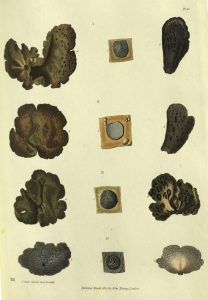
“We supped off a single partridge and some tripe de roche; this unpalatable weed was now quite nauseous to the whole party, and in several it produced bowel complaints. Mr. Hood was the greatest sufferer from this cause.”
Tripe de Roche is the Canadian term for rock tripe, a type of lichen that grows on the rocks of North America. Although not at all nutritious, this edible fungus became the main source of food for the explorers and was often boiled with willows dug up beneath the snow. The taste is bitter and often causes severe stomach cramps and diarrhea and, combined with the extreme cold and deep snow, led to higher levels of exhaustion. A day’s worth of walking diminished from twelve miles to five, depending on the conditions.
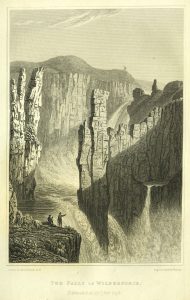
“In the evening we encamped at the lower end of a narrow chasm through which the river flows for upwards of a mile. The walls of this chasm are upwards of two hundred feet high, quite perpendicular, and in some places only a few yards apart. The river precipitates itself into it over a rock, forming two magnificent and picturesque falls close to each other.”
To their dismay, even the lichen was all but plentiful in this barren country. Because of this, the men were sometimes forced to eat the leather from their moosehide shoes and scavenge the carcasses of rotting deer, boiling the bones in a soup only to retrieve the smallest amount of marrow. Desperation and despondency took hold of the party and in the final weeks, with many of the men becoming too weak to hunt or even walk. Towards the end of the journey, the group had separated into three, with Captain Franklin leading the pack to Fort Enterprise to find provisions and help from the Inuits. Unfortunately, only seventeen out of the twenty-eight party survived and suspicions of murder and cannibalism began to circulate among the survivors.
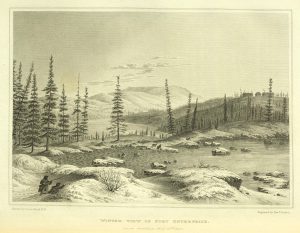
“At length we reached Fort Enterprise, and to our infinite disappointment and grief found it a perfectly desolate habitation. There was no deposit of provision, no trace of the Indians, no letter from Mr. Wentzel to point where the Indians might be found. It would be impossible for me to describe our sensations after entering this miserable abode, and discovering how we had been neglected.”
Leaving the men who were too weak to travel behind, Franklin went forward to look for provisions and help. The hunger, cold, and seemingly bleak chance of survival created hostility among some of the remaining crew, particularly between Dr. Richardson and Michel. In his final entry, Dr. Richardson recounts confronting Michel, who “reported that he had been in chase of some deer… and although he did not come up with them, yet that he found a wolf which had been killed by the stroke of a deer’s horn, and had brought part of it.” The meat was eaten with satisfaction but as time went on Michel’s strange and erratic behavior led Dr. Richardson to believe that Michel had either murdered two of the missing men, or found the bodies in the snow and took their flesh. After another man was mysteriously murdered, Dr. Richardson began to fear for his own safety and shot Michel point-blank without any further questions.
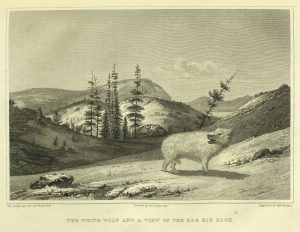
“A small quantity of tripe de roche was gathered; and Credit, who had been hunting, brought in the antlers and back bone of a deer which had been killed in the summer. The wolves and birds of pretty had picked them clean, but there still remained a quantity of the spinal marrow which they had not be able to extract. This, although putrid, was esteemed as a valuable prize, and the spine being divided into portions, was distributed equally. After eating the marrow, which was so acrid as to excoriate the lips, we rendered the bones friable by burning, and ate them also.”
Even in the coldest hour, Franklin and the explorers who came before and after saved the pages of their notebooks from the fire so that the people of the world could come to know their adventures. Murder, cannibalism, treacherous landscapes and perilous seas. It is no wonder that, upon returning to England, these narratives, the successes and failures of the Arctic Expeditions, excited the people to the point of inspiring a new genre of literature, one that has for so long been neglected.
~Contributed by Lyuba Basin, Rare Books
Like this:
Like Loading...
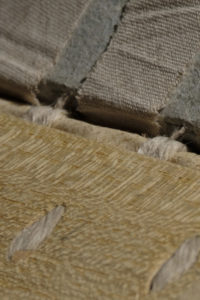
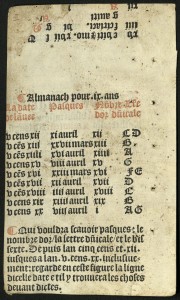
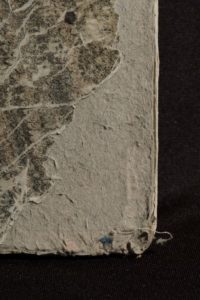
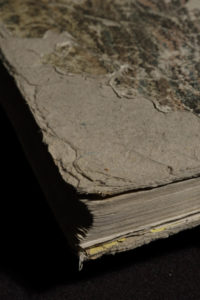
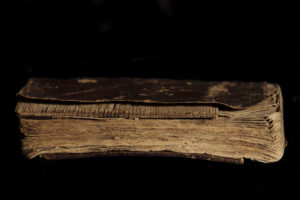

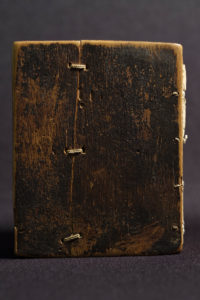













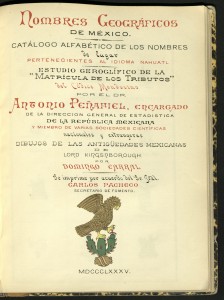
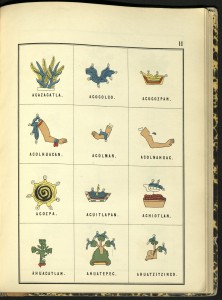
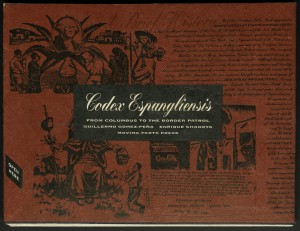
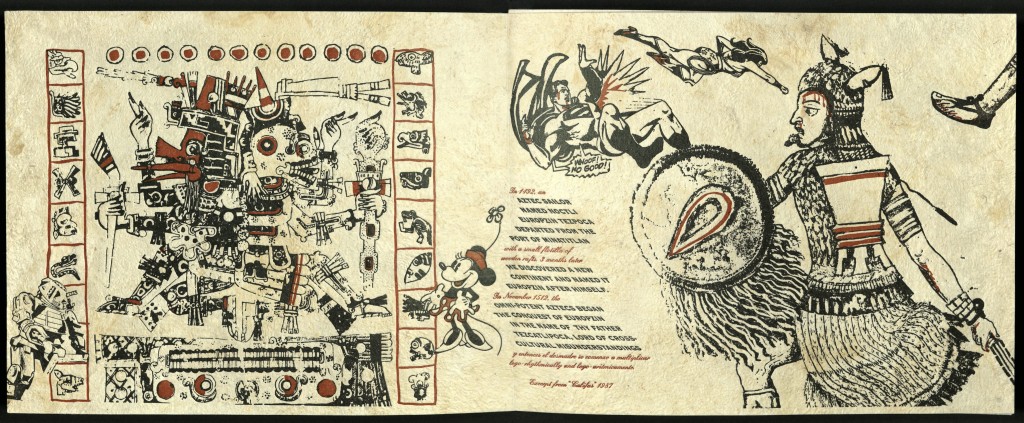
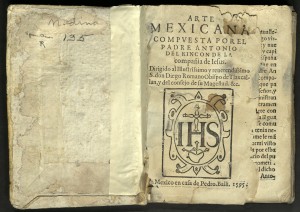
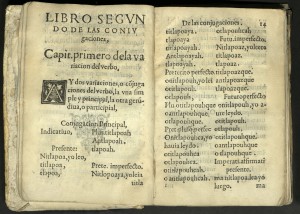
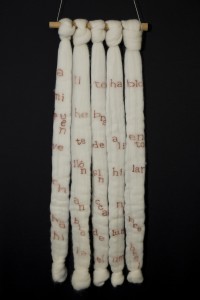
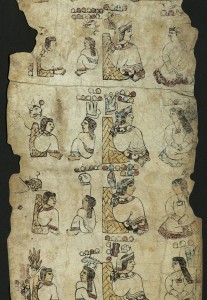
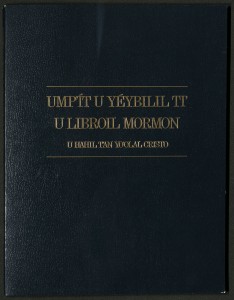

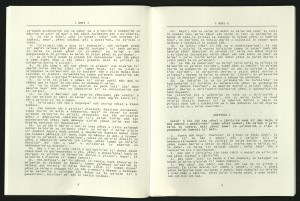
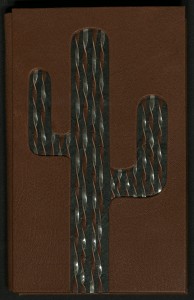
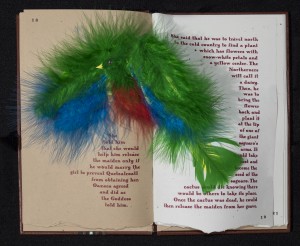
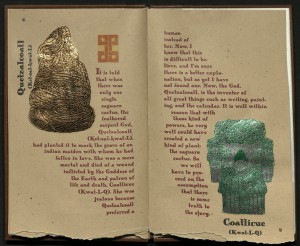

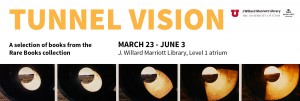
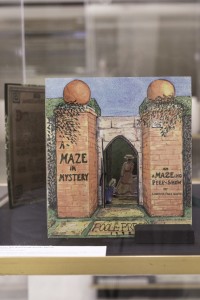
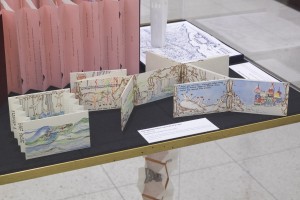
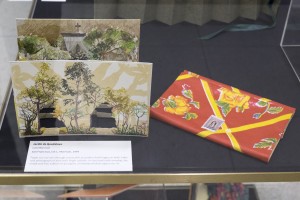
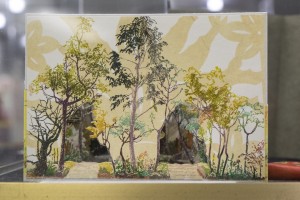
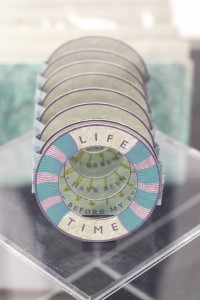
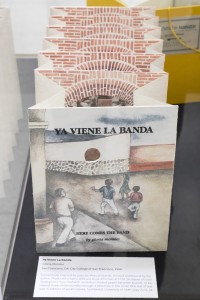
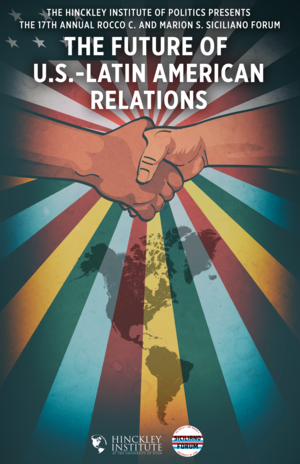
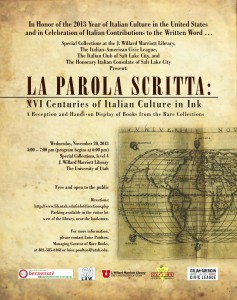
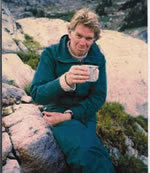

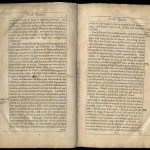
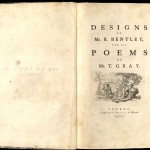
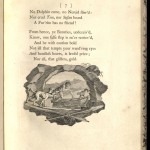
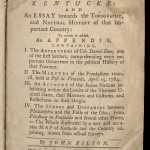
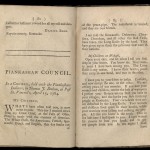
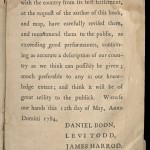
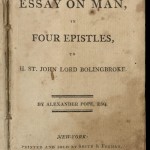
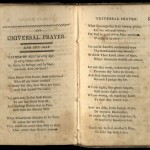
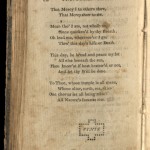
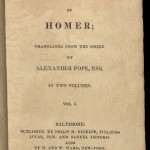
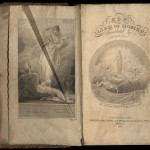
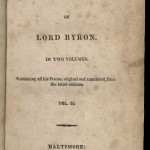

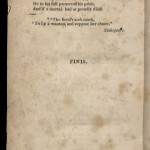
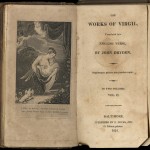
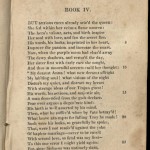
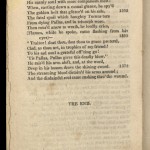
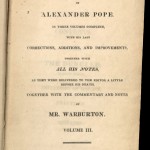
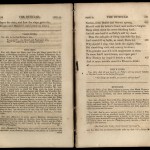
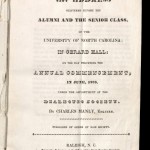
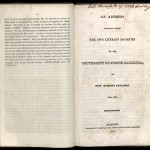
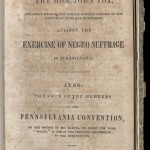
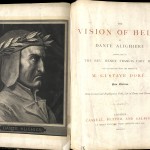
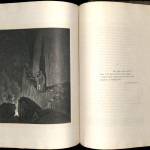
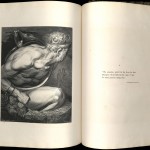
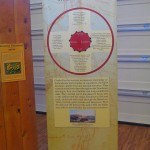
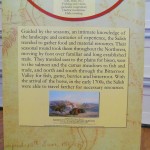
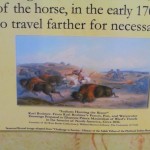
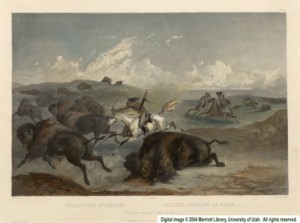
You must be logged in to post a comment.